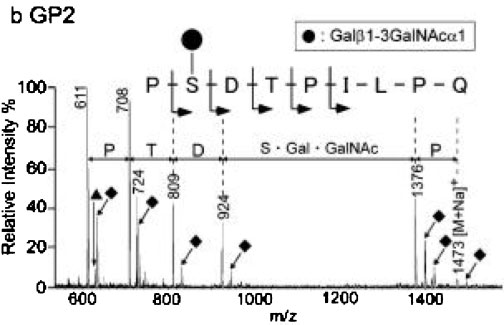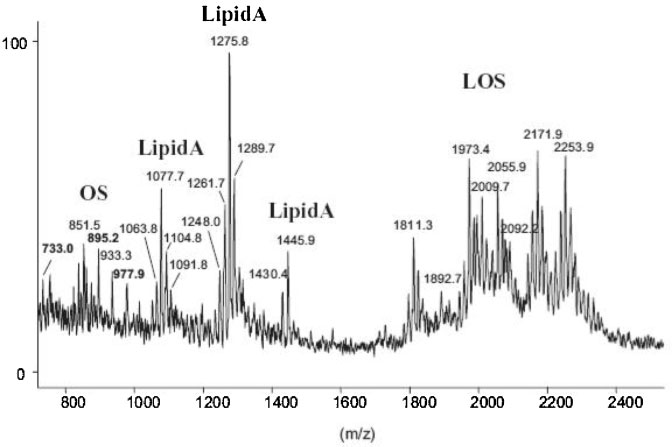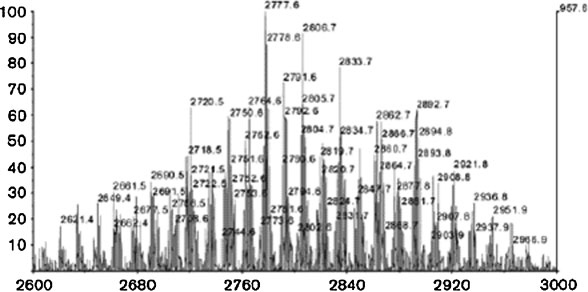Cervical insulinlike growth factor binding protein1 (igfbp1) to predict spontaneous onset of labor and induction to delivery interval in postterm pregnancy
Cervical insulin-like growth factor binding protein-1(IGFBP-1) to predict spontaneous onset of labor andinduction to delivery interval in post-term pregnancy OGL1,2, EIRIK SKOGVOLL3,4 & RUNA HEIMSTAD2,5 1Department of Gynecology and Obstetrics, Levanger Hospital, Health Trust Nord-Trøndelag, 2Department of Obstetrics,3Anaesthesiology and Emergency Medicine, St. Olav University Hospital Trondheim, 4Institute of Cancer research andMolecular Medicine, Faculty of Medicine, and 5Institute of Laboratory Medicine, Children's and Women's Health, NorwegianUniversity of Science and Technology (NTNU), Trondheim, Norway




